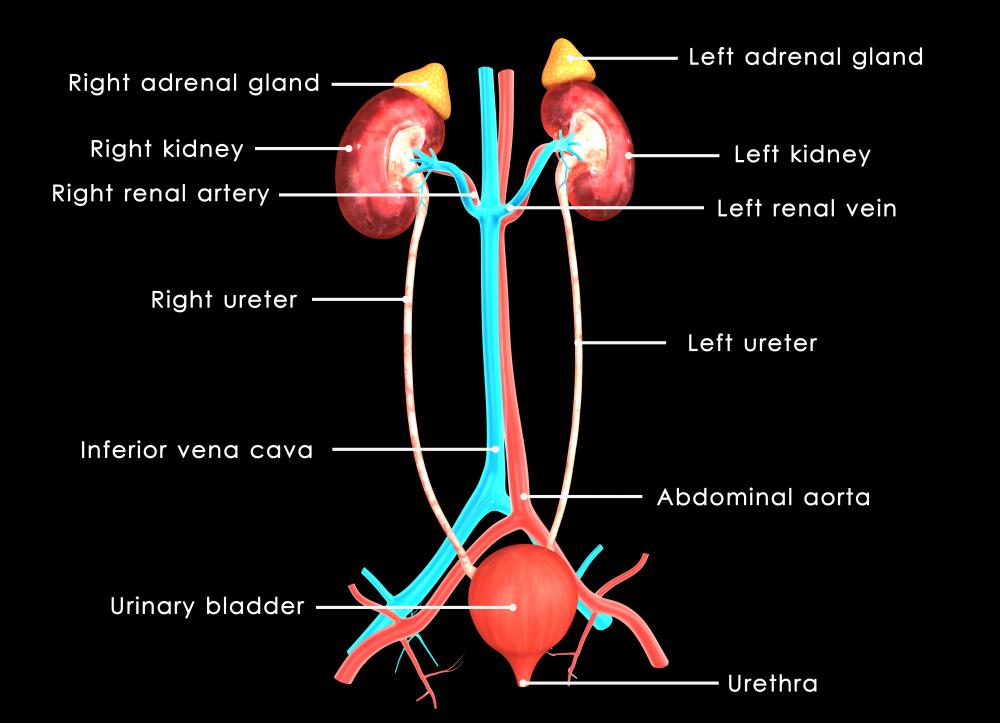At WiseGEEK, we're committed to delivering accurate, trustworthy information. Our expert-authored content is rigorously fact-checked and sourced from credible authorities. Discover how we uphold the highest standards in providing you with reliable knowledge.
What is the Cardiac Cycle?
The cardiac cycle is the sequence of pumping and filling that occurs from the start of a heartbeat to its finish. The heart undergoes two main events during a complete cardiac cycle, diastole and systole. During diastole, the heart relaxes and fills with blood and during systole, the heart contracts and pumps the blood. It takes about one second to complete an entire cardiac cycle.
The heart is composed of four chambers: the two atria on top and two ventricles on bottom. The atria receive blood from the body into the heart and the ventricles are responsible for pumping blood out of the heart. The first stage is a systolic, or relaxed, stage. The right atrium takes in deoxygenated blood from the body through the superior and inferior vena cava. Since the right atrium and ventricle are relaxed and the atrioventricular valve between the two chambers is open, the blood flows into the right ventricle.

An electrical impulse from the sinoatrial (SA) node tells the atrium to contract and push in the remaining blood and signals to the Purkinje fibers. The Purkinje fibers cause the ventricle to contract, or go into the first stage of systole in the cardiac cycle, and pump the deoxygenated blood out of a semilunar valve into the pulmonary artery. The pulmonary artery takes the blood to the lungs, where it can be reoxygenated.

From the lungs, the oxygenated blood comes back into the heart via the pulmonary veins, and is received in the left atrium. The heart is now in the second stage of diastole, so the left atrium is relaxed and the atrioventricular valve is open. The blood passes though the valve into the left ventricle. The left ventricle then gets the message from the Purkinje fibers to contract, or go into the second stage of systole. This contraction forces open the semilunar valve to the aorta, where the blood is pumped out to the rest of the body.

Because blood is circulating continuously, the heart doesn’t have to wait for blood to return from the body or the lungs, so it is constantly filling up and pumping out. For this reason, the filling up of one side of the heart occurs at the same time as the filling up of other side, and the contraction of one side occurs simultaneously with the contraction of the other. So the first and second stages of diastole in the cardiac cycle happen simultaneously, and then the first and second stages of systole occur. The “lub-dup” noise heard when listening to the heartbeat is the sound of the valves closing. The “lub” is the sound of the atrioventricular valves closing, and the “dup” is the sound of the aortic valve closing.
AS FEATURED ON:
AS FEATURED ON:
















Discuss this Article
Post your comments